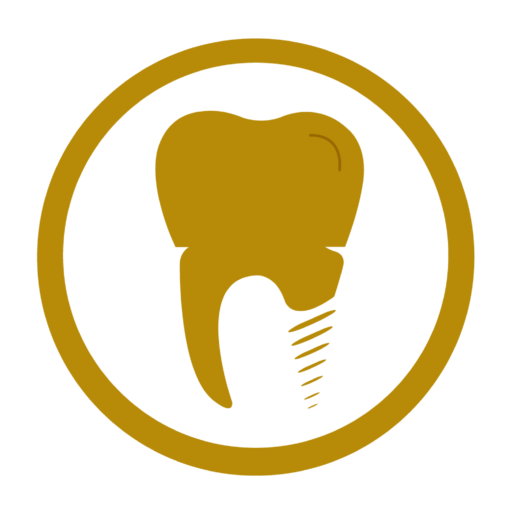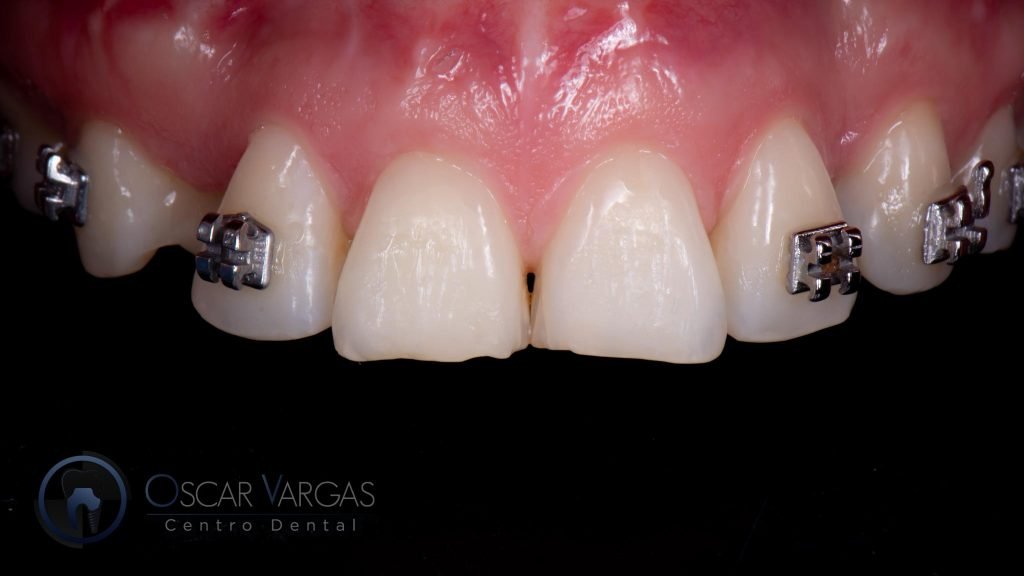Dental Resins: Innovative Solutions for a Perfect Smile!
Dental resins, both direct and indirect, are composite materials used to restore damaged or aesthetically compromised teeth.
Direct resins are applied directly to the tooth in a single appointment, where the dentist molds the material into the desired shape. They are ideal for small repairs and are quick to apply.
Indirect resins, on the other hand, require two visits. They are created in a laboratory from molds taken from the affected tooth and then precisely cemented onto the tooth.
These resins are more durable and aesthetically superior, especially for back teeth. Both types of resins offer a natural result, are biocompatible, and have the advantage that they can be matched to the tooth’s color for a discreet and functional restoration.
Did you know that composite resins can be used for both aesthetic restorations and to strengthen damaged teeth?
Direct and indirect composites are not only used to improve the appearance of teeth but also to restore damaged or decayed teeth, offering a durable and natural solution. Both options perfectly match the natural colour of the teeth and provide high-quality aesthetic results.
Do you already know our before and after cases of Direct and Indirect Resins?
SUCCESSFUL CASES OSCAR VARGAS DENTAL CENTER
Frequently Asked Questions
What is the difference between direct and indirect resins?
Direct resins are applied directly to the tooth during a single visit, making them a quick and convenient option. Indirect resins, on the other hand, require a laboratory to manufacture and are placed on the tooth at a later appointment.
Are resins aesthetically appealing?
Yes, both direct and indirect resins are highly aesthetic. They are designed to mimic the colour and translucency of natural teeth, making them virtually invisible when applied correctly. They are ideal for visible teeth, as they offer a natural and discreet result.
Are composite resins suitable for all types of dental restorations?
Composite resins are very versatile and can be used for a variety of dental restorations, including caries, fractures, and worn teeth. They are especially useful for restorations in anterior teeth due to their ability to adapt aesthetically, although they are also used in posterior teeth in areas of less masticatory load.
Before and After Pictures
Direct and Indirect Resins Surgical Indications
Post-Operative Surgical Indications
- Follow the medical prescription correctly as indicated
- Apply ice for the first 24 hours for periods of 15 minutes on alternate days.
- Remain at least one week of rest without physical activity, e.g. physical exercise, work that requires effort.
- Try to avoid creating negative or positive pressure forces inside your mouth, i.e., spitting or using mouthwash, as this can alter the coagulation process.
- Avoid touching the site of the procedure with your tongue or fingers, internally or externally.
- Maintain a soft and/or liquid diet as indicated.
- Try not to sleep with your head resting on the surgical process.
Instructions regarding your dental hygiene
- It is advisable to brush your teeth and rinse at least until the next day.
- Flossing is also recommended until the next day.
- To maintain better hygiene, you can clean your teeth and gums with gauze soaked in a chlorhexidine-based mouthwash.
- To avoid damaging the sutures or gums, use an extra-soft brush such as Slimsoft from Colgate or Sensisoft from Oral-B.
- To clean the surgical site, it is advisable to use an antiseptic spray such as Perio Kin spray or Odent periodontal spray. Its use should be limited to 3 times a day for 15 days.
General Instructions
- Attend your follow-up appointment 8 days after the procedure.
- If you have any questions, you can contact us by phone or via WhatsApp during office hours directly at secretariaoscarvargas@gmail.com





